International Space Station at 20: A Photo Tour
Harmony
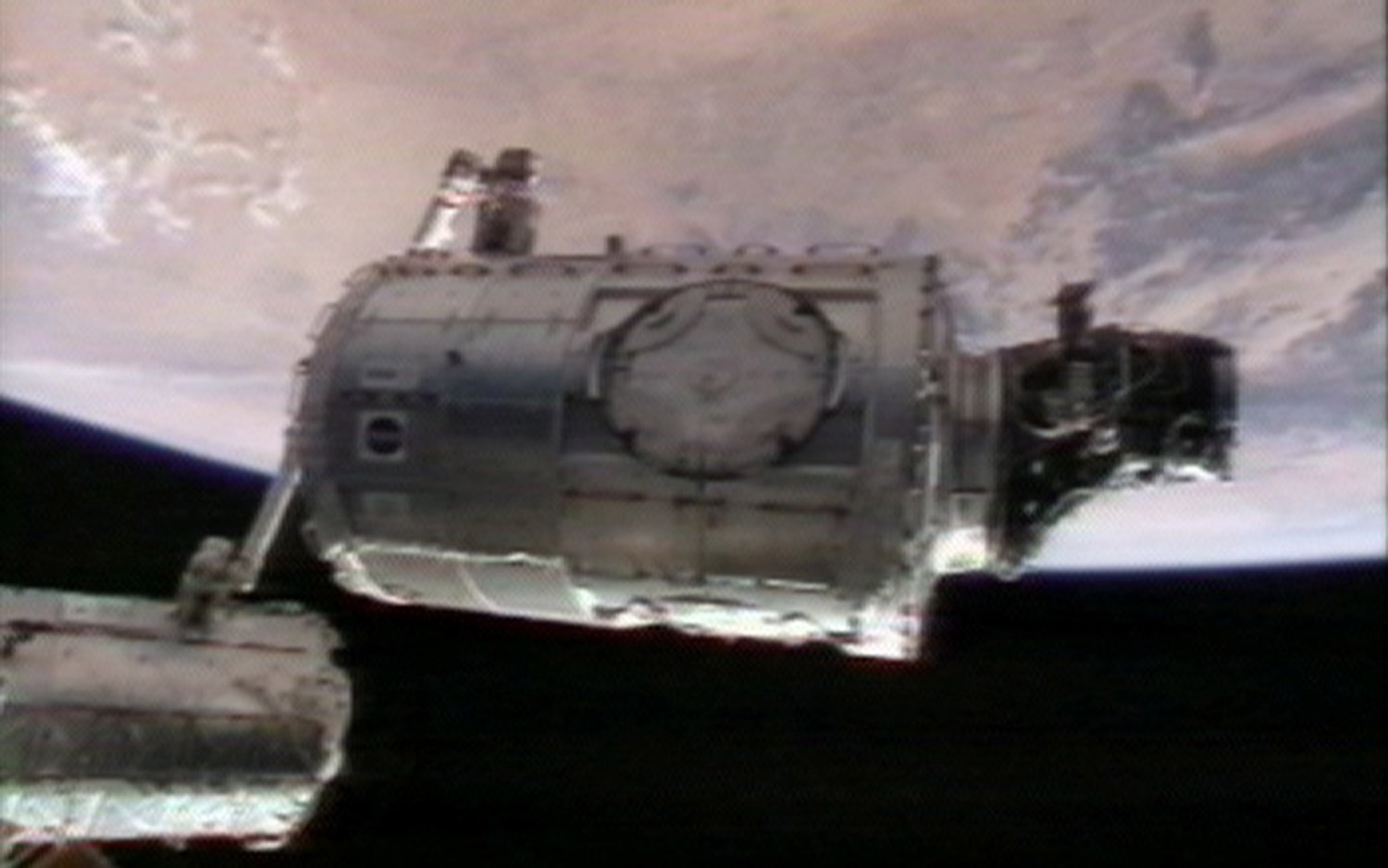
The U.S. Harmony node flew to space aboard space shuttle Discovery during mission STS-120, in October 2007. NASA describes Harmony as a "utility hub," as it circulates air, water, electrical power and similar systems to other space station modules. It supports the U.S. Destiny laboratory, the European Space Agency Columbus Laboratory and the Japanese Kibo laboratory.
Interior of Harmony
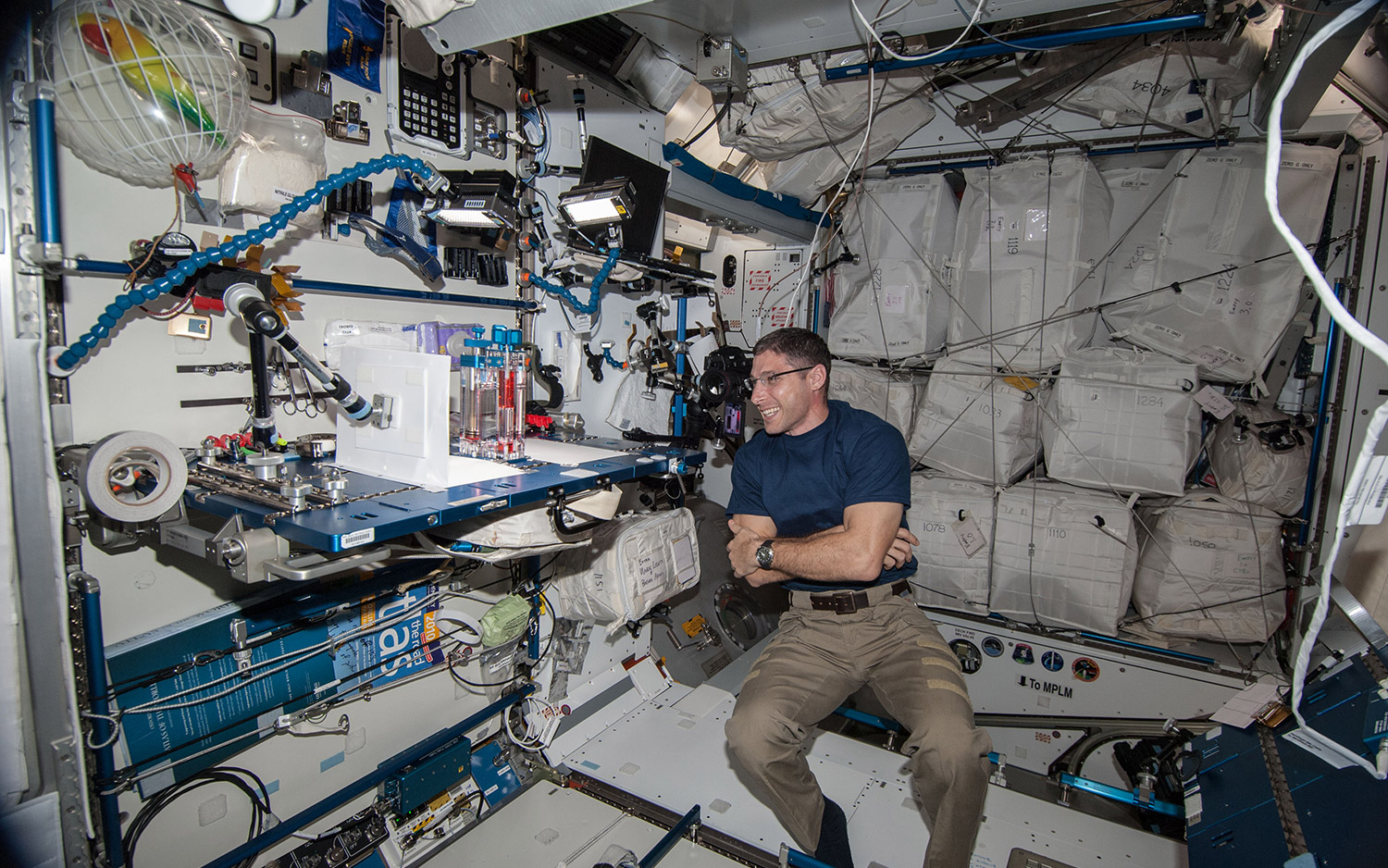
Harmony is a popular location to perform scientific experiments, too. You can see here — in a November 2013 mission — NASA astronaut Michael Hopkins doing a session with the Capillary Flow Experiment (CFE-2) during Expedition 38. Fluids behave differently in microgravity, and investigators are trying to learn more about that behavior to better design water and fuel delivery systems in newer spacecraft.
Destiny
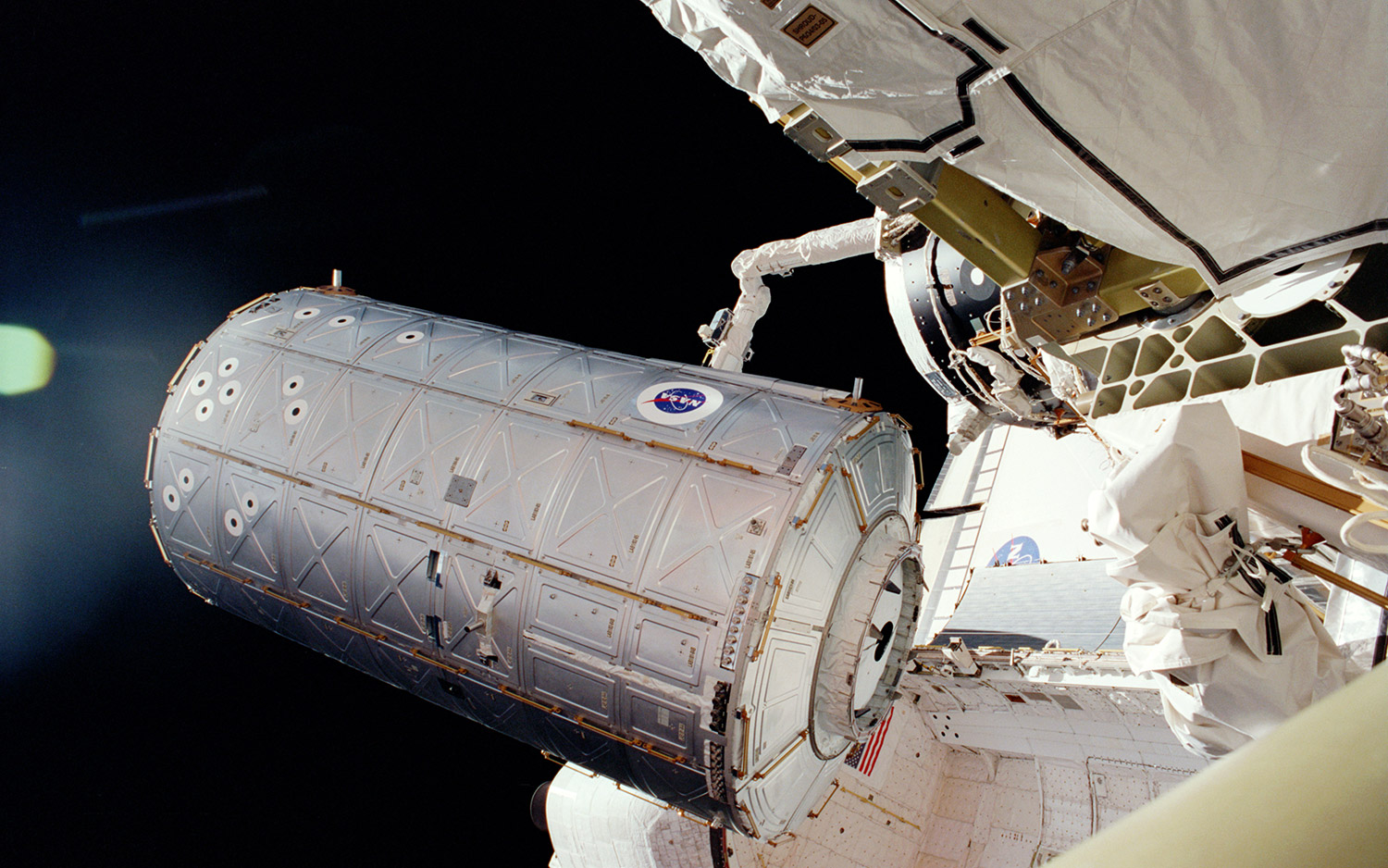
Most U.S. experiments take place aboard the U.S. Destiny Laboratory. Its work, according to NASA, supports "a wide range of experiments and studies contributing to health, safety, and quality of life for people all over the world." A typical space station crew will manage about 200 experiments during their six-month stay, covering topics ranging from health to manufacturing to life science experiments. Destiny launched in February 2001 aboard space shuttle Atlantis, during mission STS-98.
Interior of Destiny
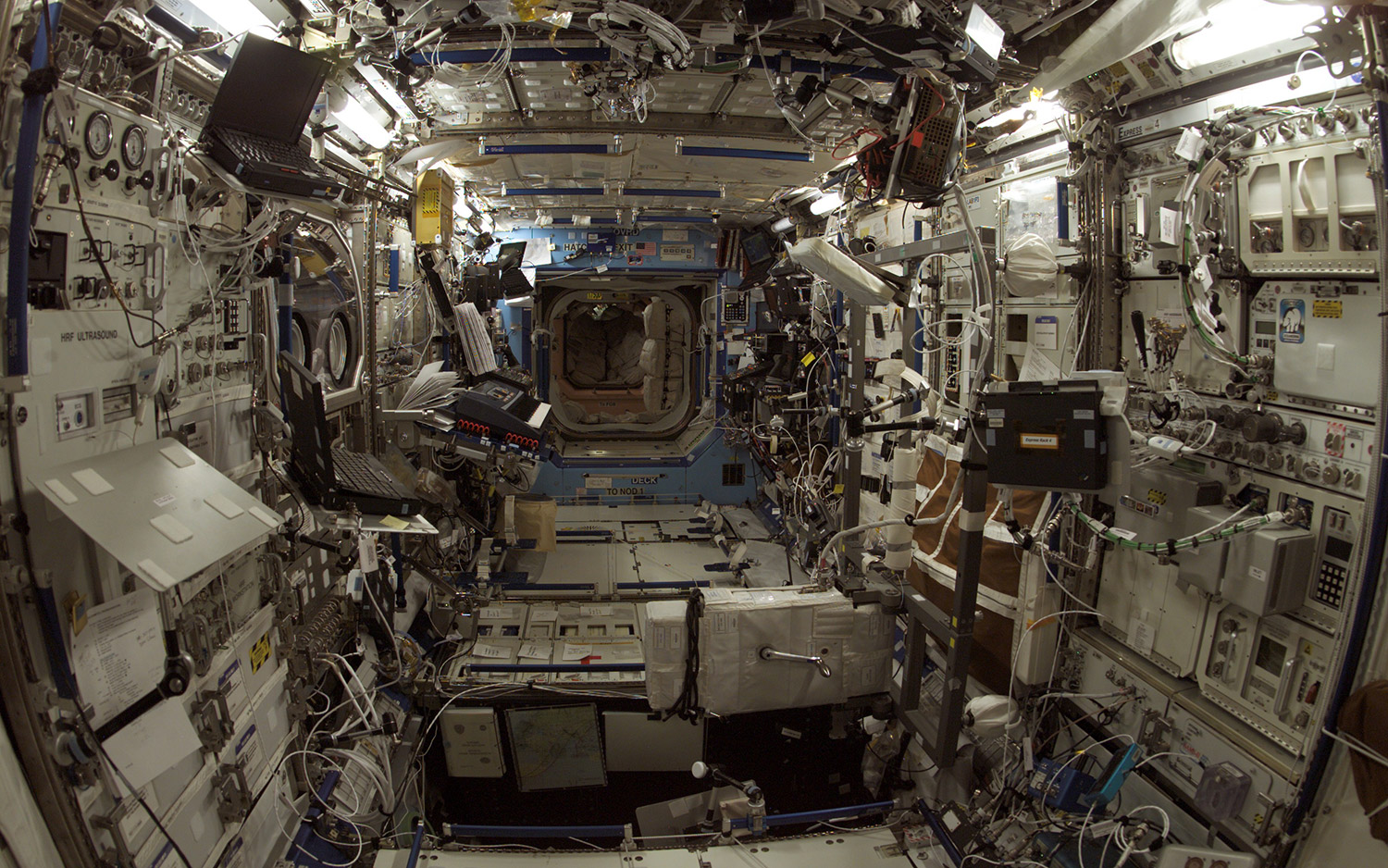
Even a quick glance at the interior of Destiny shows the range of work going on in terms of U.S. experiments. This picture was taken early in Destiny's lifetime, in August 2003.
Cupola
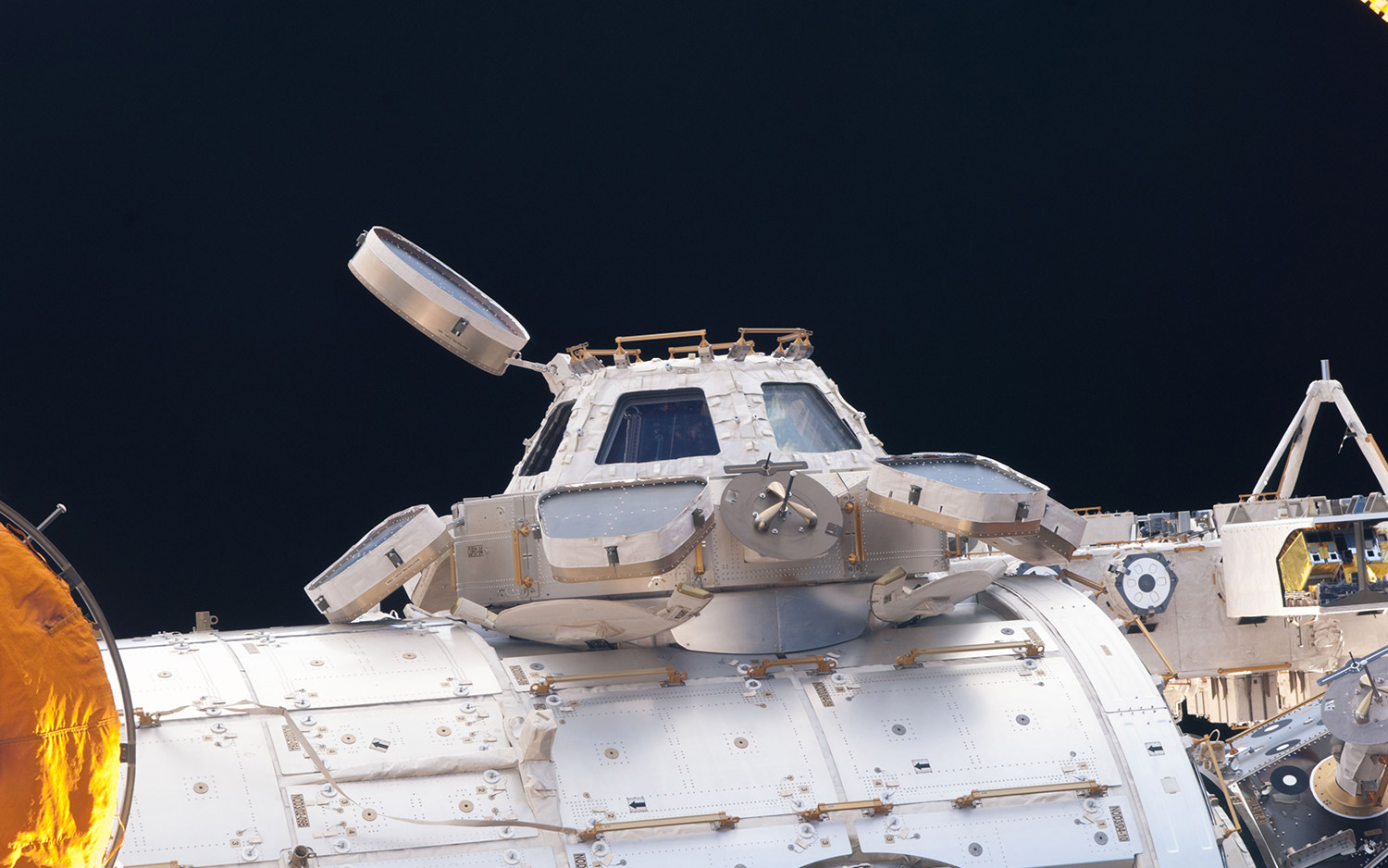
Here's an exterior view of the Cupola module, which was mentioned earlier in this slideshow while talking about Tranquility Node 3. The Cupola has a cover that astronauts can deploy or retract as required; keeping the cover closed protects the Cupola from micrometeorites, while keeping it open allows the astronauts to perform Earth observations.
Interior of Cupola
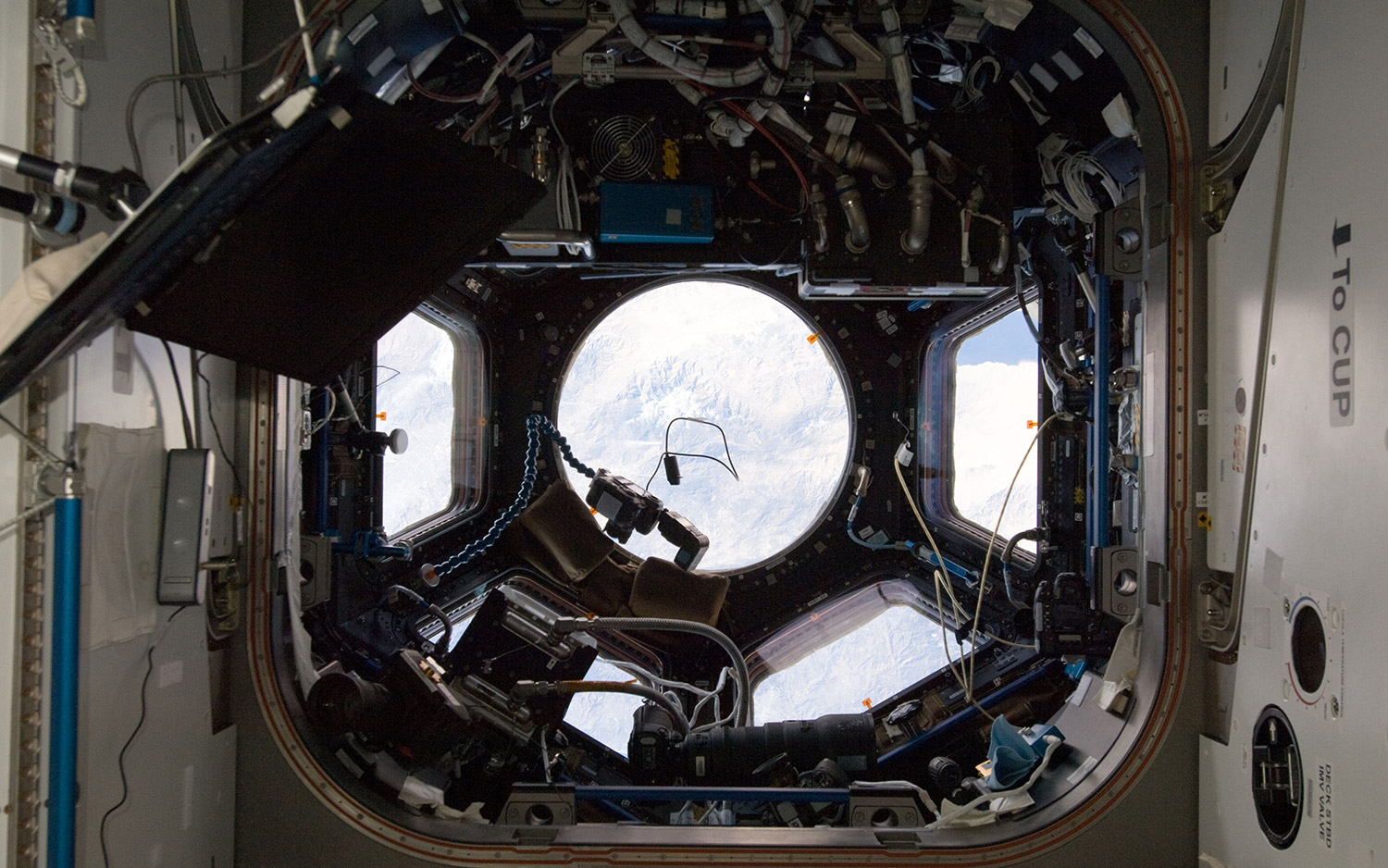
As shown in this Expedition 34 picture in 2012, the Cupola module has a bunch of equipment at the ready for astronauts to observe Earth — including multiple cameras. The module is designed to be always facing the Earth, providing astronauts the chance to do observations during night or day (as required). Astronauts can also set up cameras to automatically take footage as they perform other experiments on the space station.
Columbus Laboratory
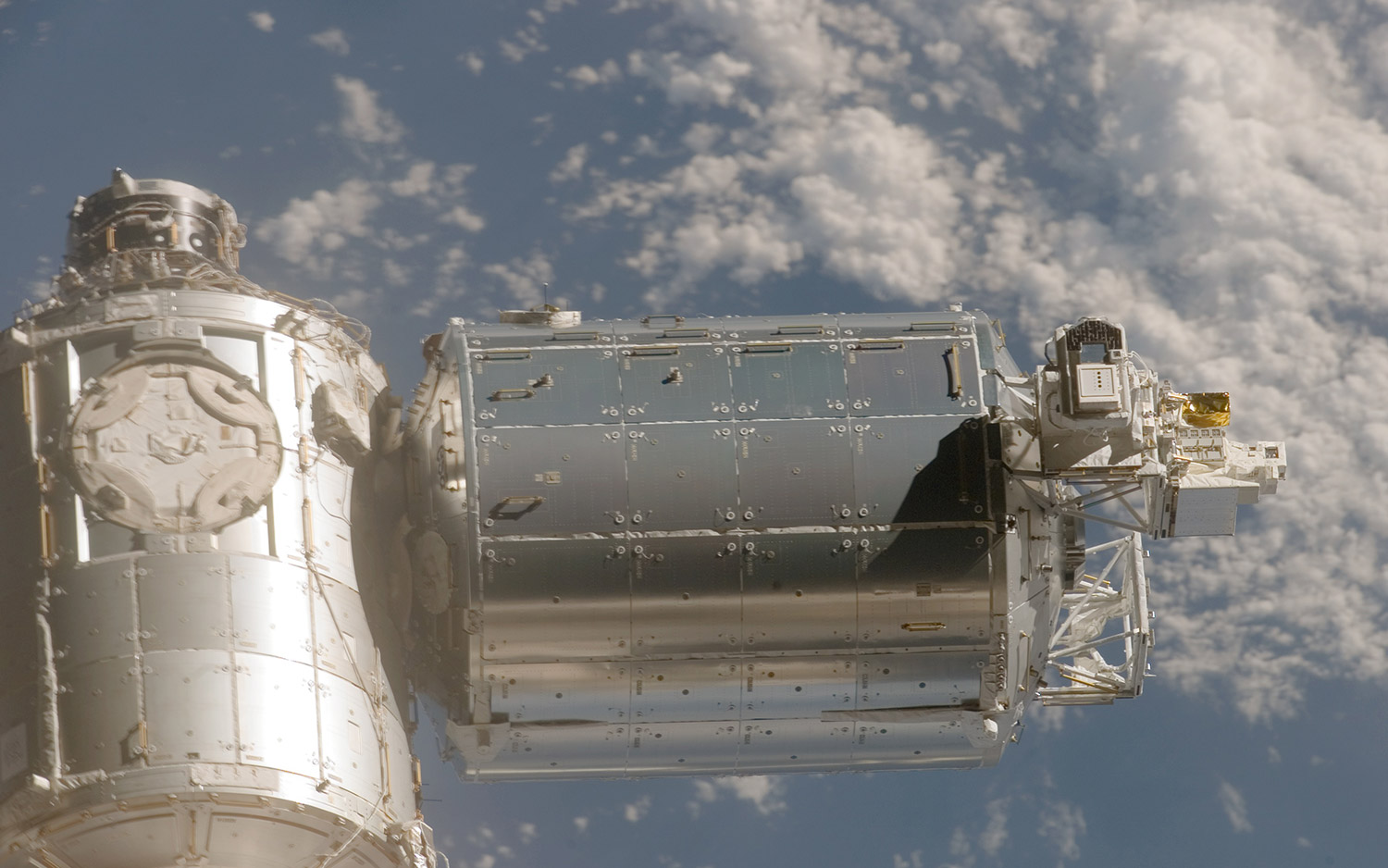
The European Space Agency's Columbus Laboratory launched to space aboard space shuttle Atlantis in February 2008, as part of shuttle mission STS-122. Columbus is a facility where investigators on Earth (with the help of astronauts) can do experiments in the weightless environment of space, NASA says. Experiments can even be mounted outside of the space station on one of four exterior mounting platforms.
Interior of Columbus Laboratory
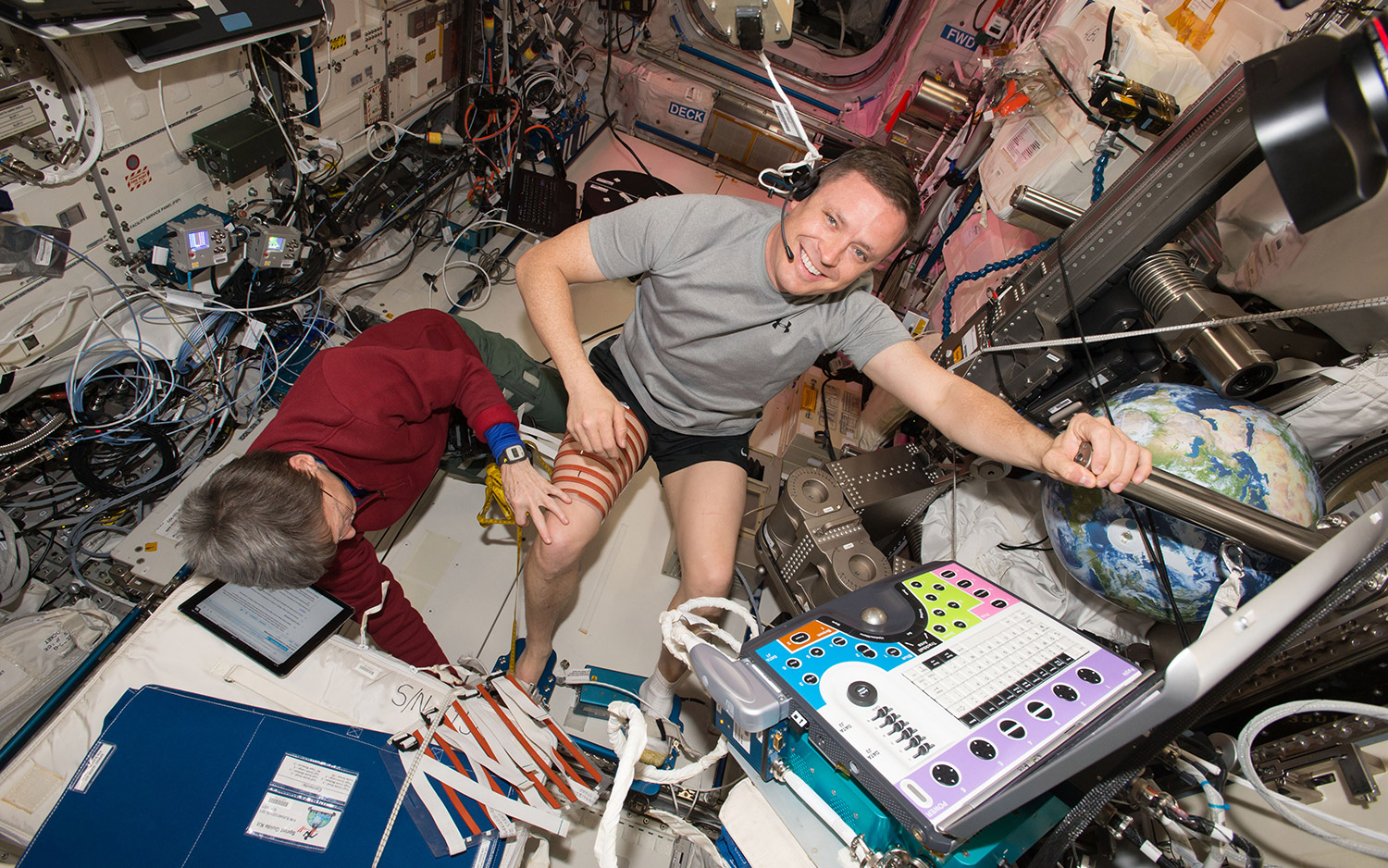
Here's a glimpse of a science experiment in progress inside of Columbus, in May 2017. Expedition 52's Jack Fischer puts on thigh and calf guides to prepare for ultrasound operations for an experiment called Integrated Resistance and Aerobic Training (Sprint). Helping him is Expedition 52 commander Peggy Whitson.
Bigelow Expandable Activity Module
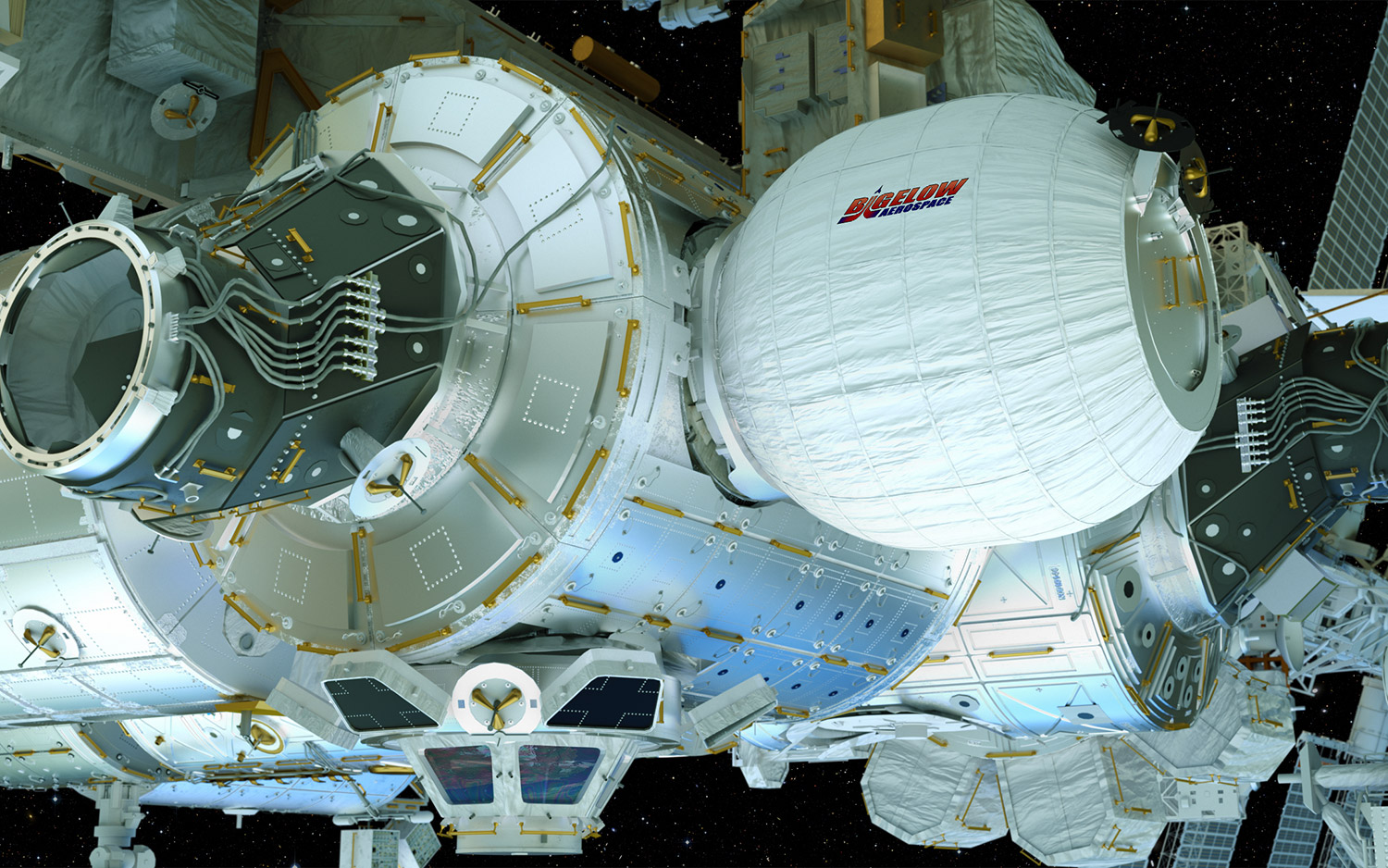
This is an artist's concept of Bigelow Aerospace's Bigelow Expandable Activity Module (BEAM). This is an experimental module attached to the space station where NASA and Bigelow are learning more about how inflatable modules behave in space over long periods of time. Inflatable modules are easier to package and lighter to launch, providing a potential alternative structure for future space stations; however, it is unclear how the inflatable structure will hold up after long periods exposed to space radiation. BEAM launched to space in 2016 aboard the SpaceX Falcon 9 rocket and is now in an extended mission expected to last until at least 2020, according to NASA.
Interior of BEAM
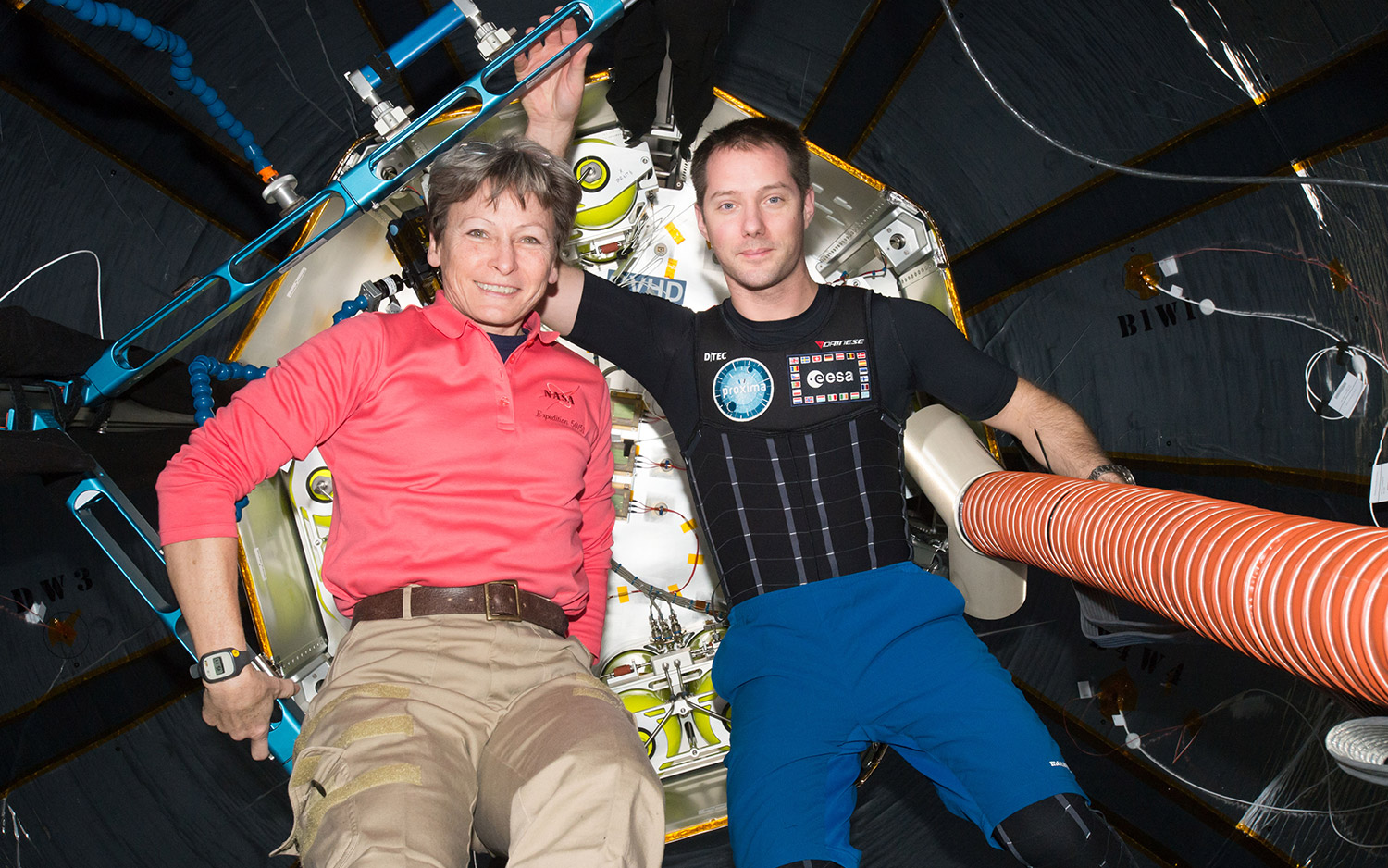
Astronauts enter BEAM on occasion to take air samples and to inspect the structure for any changes. One such visit took place in February 2017, with Expedition 50 NASA astronaut Peggy Whitson (left) and European Space Agency astronaut Thomas Pesquet.
Join our Space Forums to keep talking space on the latest missions, night sky and more! And if you have a news tip, correction or comment, let us know at: community@space.com.
Get the Space.com Newsletter
Breaking space news, the latest updates on rocket launches, skywatching events and more!

Elizabeth Howell (she/her), Ph.D., was a staff writer in the spaceflight channel between 2022 and 2024 specializing in Canadian space news. She was contributing writer for Space.com for 10 years from 2012 to 2024. Elizabeth's reporting includes multiple exclusives with the White House, leading world coverage about a lost-and-found space tomato on the International Space Station, witnessing five human spaceflight launches on two continents, flying parabolic, working inside a spacesuit, and participating in a simulated Mars mission. Her latest book, "Why Am I Taller?" (ECW Press, 2022) is co-written with astronaut Dave Williams.
